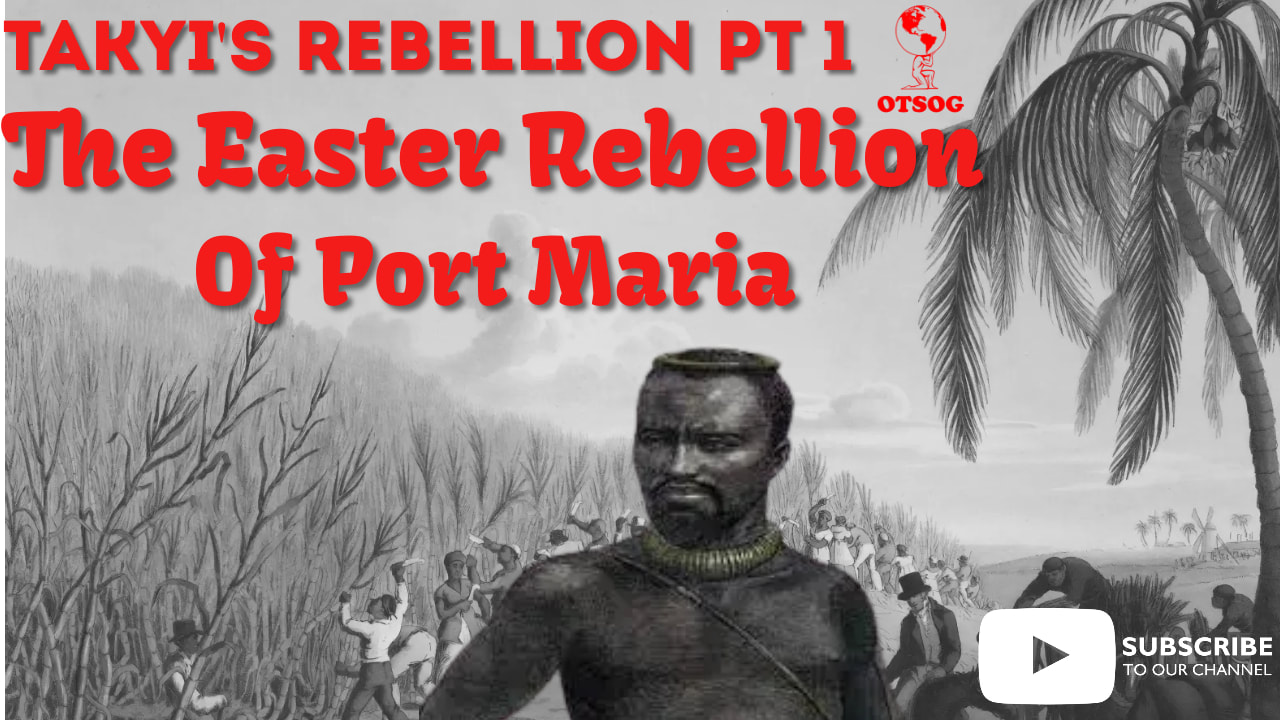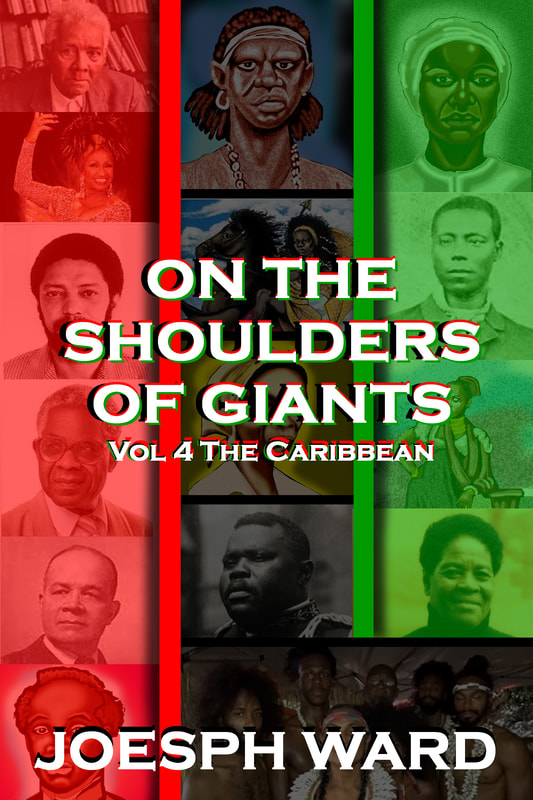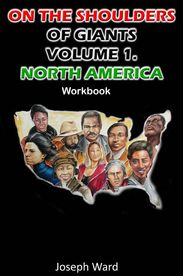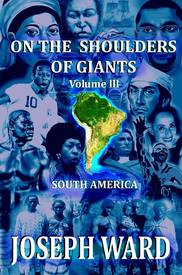|
The island of Jamaica is revered for its beauty and culture, but in my opinion, it is an underrated island when it comes to the history of enslaved Africans revolting against their enslavers. Jamaica is the setting for today’s story, but the story begins on the gold coast of Africa in the country of Ghana. Takyi was a Fante Chief of an Akan state in Ghana, who was said to be a ruler of the Kommenda or Koromantse people, that information I have not confirmed. Takyi was a wealthy chief with a high ranking among the chiefs of the kingdom, who also spoke fluent English. Sources state that Takyi admitted to selling Africans into slavery, that is how he gained a portion of his wealth. As time passed Takyi and his people were at war with another Akan state but lost the war, Takyi is then captured and sold to the British. Takyi’s life went from being a chief in Ghana to a slave working the fields in Jamaica. Takyi and others enslaved in Jamaica faced some of the harshest treatment of any slaves recorded. Takyi became an overseer on the plantation he worked. As the overseer, he began planning a rebellion with fellow slaves. Takyi had a vision of a Jamaica with a free colony of black people absent of white oppression or influence. To create this Jamaica he would have to defeat the British. In 1759, he would escape from his plantation into the caves of Jamaica, accompanied by fellow Africans ready to fight for their freedom. They would plan the rebellion for a year before they officially attacked the slave masters. April of 1760 was the beginning of Takyi’s Rebellion, also known as, the Easter Rebellion of Port Maria. In the early hours of Easter morning of 1760, Takyi and his followers began their rebellion, they first killed the slave masters on the plantations they worked. They immediately found themselves free and in charge of their own destinies, but they were well aware that this was only an initial defeat, real freedom came with totally defeating the British. As they killed their enslavers, they gathered as many supplies, weapons, and ammunition as they needed. The number of rebels grew as more and more Africans killed their enslavers to join the rebellion. Easter day was a bad day for plantation owners in Jamaica. The Africans rebelled until early the next morning. The following morning, Takyi and his rebels celebrated their victories before continuing their plans to ensure their freedom. During their celebration, a cowardly African slipped away unnoticed, ran to the nearest plantation that wasn’t ravaged by the Africans, and told the plans of the rebellion to British officials. Takyi and the rebels either practiced, believed, or tolerated the obeah spiritual tradition. Because of their belief in Obeah, they trusted that they would be protected by Obeah because an Obeah spiritualist cast a spell of protection over the rebels and ensured them that the weapons of the British could not harm them. The rebels were soon facing a British militia who were alerted of the rebellion by the person who sold out the rebels. Takyi and the rebels initially faced the British militia with confidence because of the belief in the protection of Obeah by the spiritualist. The British quickly killed the spiritualist and hung him by his own mask. This spooked a great number of the rebels because they believed they were protected. A number of them fled, but Takyi and the bravest stayed and fought the British. The rebels were fighting for their freedom and enraged that their spiritualist was murdered. As the rebels were gaining the upper hand, Maroons who were contracted to fight with the British joined the fight against the rebels. Takyi and the rebels were fighting for a month before Takyi was killed by a Maroon named Davy. Once Davy killed Takyi, he beheaded him and presented Takyi’s head to the British. Takyi’s death did not stop the rebellion, it only fueled the rebels to continue their fight. Takyi’s rebellion was Jamaica’s second-longest rebellion behind the 30-year rebellion led by a brave woman named Breffu. I profile Breffu in my new book On the Shoulders of Giants Volume 4 The Caribbean. A waterfall in Jamaica was named after Takyi, Tacky Falls, and a school was named after him. His brave efforts and strategy led to Jamaica’s second-longest rebellion. As I stated earlier, the death of Takyi was not the end of the rebellion, but it marks the rise of Apongo and the Western Revolt of 1760. To be continued. J.A. Ward Click here to support the OTSOG book series. References: https://ghanaianmuseum.com/the-story-of-takyi-the-ghanaian-king-who-led-a-slave-rebellion-in-jamaica-in-1760/ https://face2faceafrica.com/article/the-story-of-takyi-the-ghanaian-king-who-led-a-slave-rebellion-in-jamaica-in-1760 https://en.wikipedia.org/wiki/Tacky%27s_War
0 Comments
Leave a Reply. |
Details
Categories
All
Click Here to join our mailing list
|
Contact Us: |
Connect With Us |
Site powered by PIT Web Design


 RSS Feed
RSS Feed



